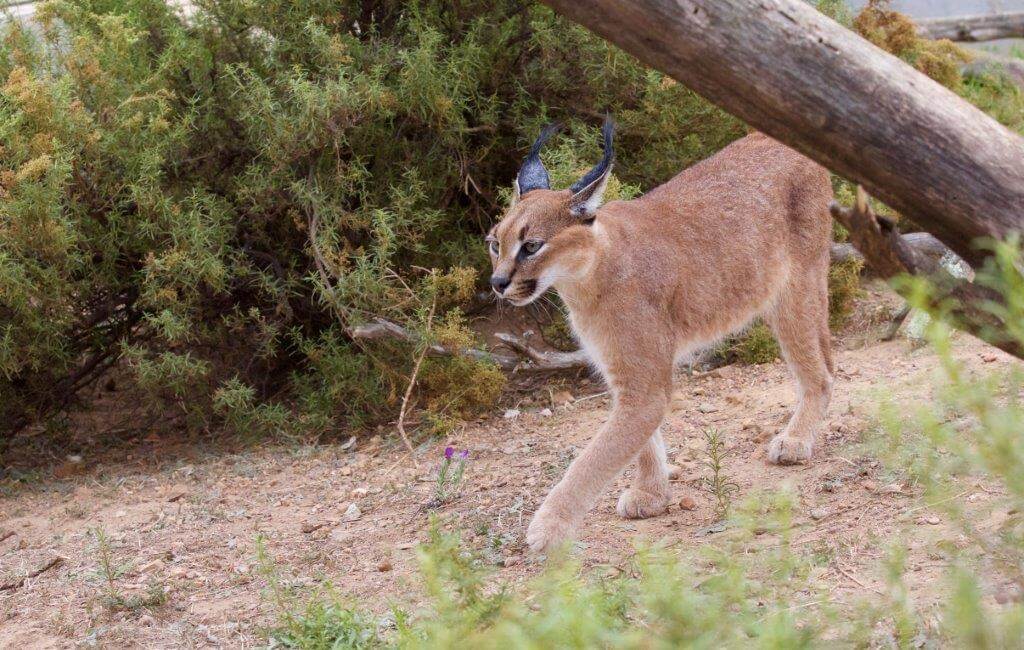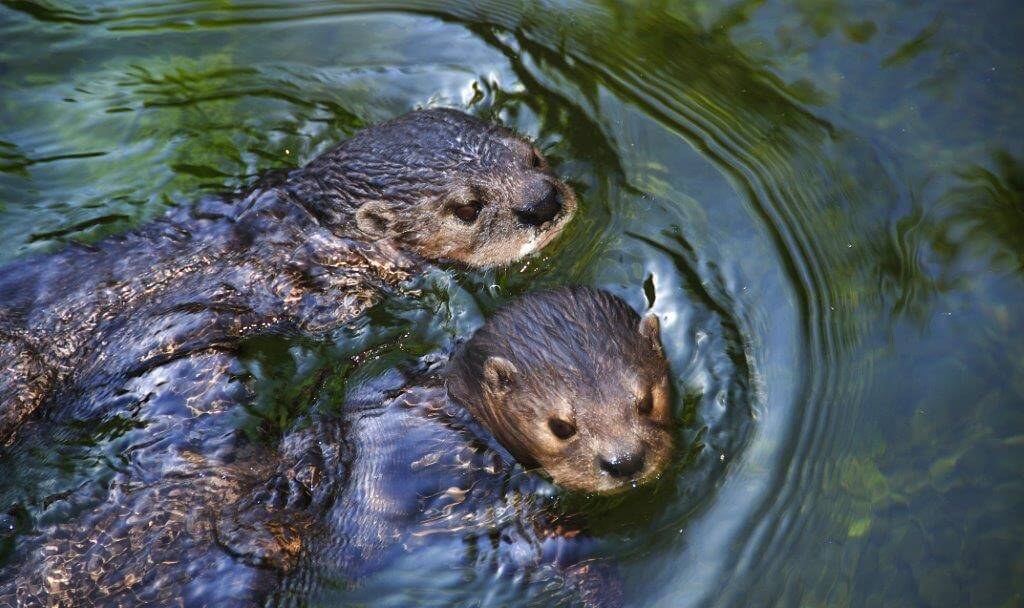Advertisement
All the wildlife that calls Kingswood home is important to Dan de Wet, Kingswoods Community and Facilities Manager. The biggest of these animals are the caracal that traverse the fairways and roughs during the course of their nocturnal forays, and the springbok that are regularly sighted by residents.

An otter family with little ones flourishes in the pools of tributaries of the Rooi River, and although Dan admits he’s not an avid twitcher, there is a multitude of species of birds at Kingswood. Some of the more oft-sighted are the noisy Lapwings and many species of waterfowl. He says buzzards are often seen gliding overhead in search of prey, of which ample can be found on the estate – small ground mammals, especially rodents, are first-prize menu items, but these handsome flyers also feast on snakes, lizards, other birds and insects.

Another feathered friend that frequents the estate – the Egyptian Goose – is a delightful bird, and the goslings are incredibly cute, but Dan is not a fan. Egyptian geese breed abundantly in the Western Cape, as is the case throughout Africa south of the Sahara. Populations have been known to spread to the UK and Europe, where self-sustaining gaggles are mostly derived from escaped captive birds. Escapees have also bred in places as farflung as Texas, Florida, California and New Zealand.
The British population dates back to the 18th century, though it was only formally added to the British list in 1971. In the UK in 2009, it was officially declared a non-native species and, accordingly, may be shot without special permission if they cause problems.
Advertisement
‘Of course I don’t advocate their eradication, but Egyptian geese seem to love the course as much as our golfers do, finding the large grazing lawns and water ponds particularly attractive gathering areas.’ Unfortunately, their faeces cause havoc on the course.
A recent study led by Dr Rob Little at UCT’s FitzPatrick Institute of African Ornithology reveals much about the influx of geese on golf courses. ‘This is a case where interactions between humans and wildlife lead to conflict between different stakeholders over appropriate management interventions,’ Dr Little said.
A paper titled ‘Managing nuisance Egyptian geese (Alopochen aegyptiaca) on golf courses in Cape Town’ was subsequently published in the African Journal of Wildlife.
Egyptian geese are indigenous to South Africa, and their prevalence in our province has increased significantly over the past four decades, largely due to a surge in the number of farm dams, a rise in agricultural crops, and vast areas of urban green space.
In the past, golf courses have implemented a range of control measures that included chasing geese with dogs and remote-controlled vehicles, culling the birds by shooting them, destroying their eggs and nests, and relocating geese to other parts of the province.
Passive harassment measures were generally less effective, while culling, relocation and dogs were considered the most successful control measures. However, public opposition to culling put pressure on course managers to consider non-lethal alternatives. The geese also seem to harass other bird species on the course and that, along with their excrement, seem to be two of the main perceived problems.
The majority of golfers (87%), as well as non-golfers (86%), felt that the goose population required active management to reduce the numbers. Dr Little said that more than half of respondents considered the geese to be a severe problem and indicated that they’d like for the species to be reduced by at least 50%.
On some golf courses, trained raptors have been introduced to launch controlled and mostly non-lethal flights towards the geese – a process that dramatically reduced their numbers by as much as 73%.
Perhaps the famous Kingswood’s buzzards could be taught to put these Egyptian invaders in their place!
Thank you to Nico Booyens for all the wonderful animal photo’s



